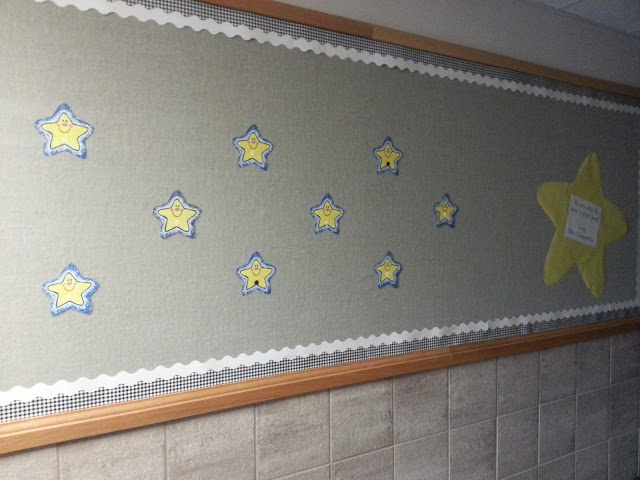Kindergarten is often the first long-term sharing experience that children encounter. Instead of siblings, twenty strangers compete with them every time they have a question, need some reassurance, or try to explore, create or rest uninterrupted. Some students elbow their way to the front while others attempt to practice turn-taking etiquette. There will even be students who shy away from what to them looks like a melee, their teacher swamped by more aggressive attention needers/seekers. See the classroom through your students' eyes, reminding yourself of how you felt at situationally similar times, and gauge how they are feeling not just by observation, but by regularly asking them to share.
As students spend the year building friendships and cooperative skills with one another and their teachers, remember that the successfully managed classroom doesn't appear to others as a well-oiled machine because of the instant creation of compliant clones. Is there a machine that is made up entirely of copies of the same, exact component? Diversity will exist among your students just as it exists among your colleagues, students' families, and frankly, the rest of the world. When necessary, be brave, accepting, and educate yourself so you can make respectful decisions that promote harmony.
Do you like to be yelled at? Keep the Golden Rule in mind as you teach your students how to work safely, effectively and kindly with one another. "Whoever-is-the-loudest-wins" is often the framework for attention seekers at home, which is exactly why it doesn't work at school. Since students regularly tune out their parents who yell, there's no reason to believe it will work for you. Your voice is an essential classroom tool, already put to the test thanks to the germs that will be shared with you daily, so don't risk additional strain to your vocal chords or disturbing other classrooms. Props such as bells, timers, chimes, rhythmic clapping patterns, a sing-song-y rhyme and music are great auditory triggers, and flicks of the light switch or a hands-up or other body signal help students learn to attend to visual prompts. Teach your students two or three cues during the first week of school, and be consistent in using them. Once everyone (or most) are onboard, teach one or two more. An added bonus? You'll be helping your students learn that their classroom and school are not only physically safe places to be, but emotionally protected spaces too.
A kindergartner once told me, "Teacher, I'm a great imaginator," and yes, she was! Over the course of the year you'll not only address curriculum requirements and assess your students' skill development, you'll also need to provide opportunities for independent explorations and creative innovation. "Imagination Stations" or "Creative Construction Zone" activities allow children to not only develop and practice skills but to innovate, problem solve, express gifts, learn from and teach one another.
Make sure to regularly step outside of your own box as well. Take up a hobby, visit other classrooms, follow your students' lead, and find inspiration that will help you avoid teacher burnout. Seek out like-minded colleagues at work and from around the world via blogs, wikis and videos. Adopt successful elements from grade level partners, collaborate on creating tools that benefit students, and offer to share discoveries and creations of your own. Teaching kindergartners and working with other education professionals should be an energizing and productive experience, not an unbearable ordeal, although...
I won't lie. There might be moments, situations, possibly days when you'll find yourself wondering:
... at which point you'll either need to remind yourself to:
... or reconsider whether working with young children is the best fit for you. Students, colleagues, and family partners in education deserve pleasant learning and working conditions. Though occasional disappointments can arise and uncomfortable social undercurrents can exist, as teachers work together it's always appropriate to:
Have a great year!
*****
Some kindergarten sweetness I included in a treasury on Etsy:




















































